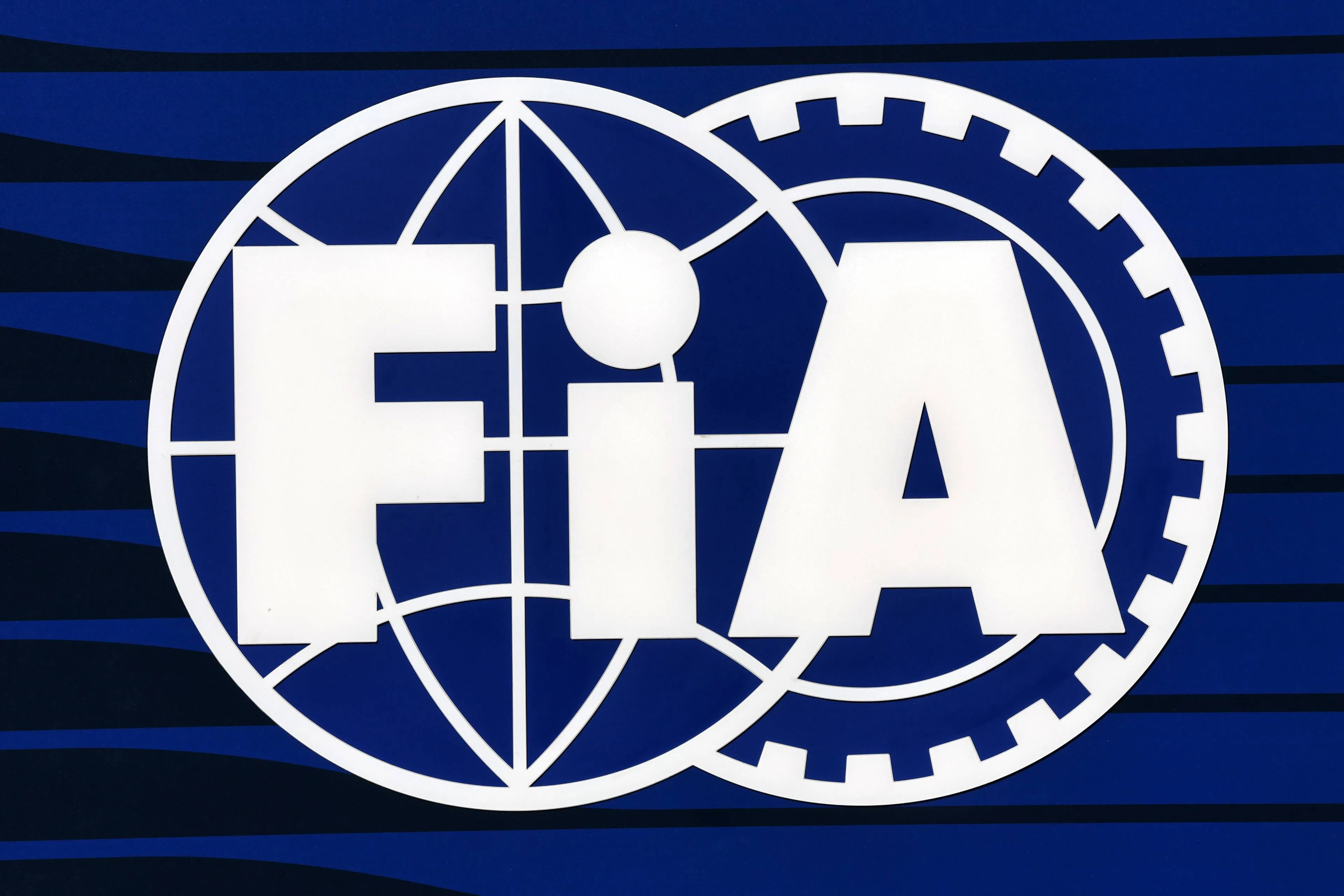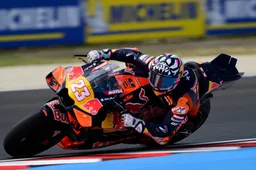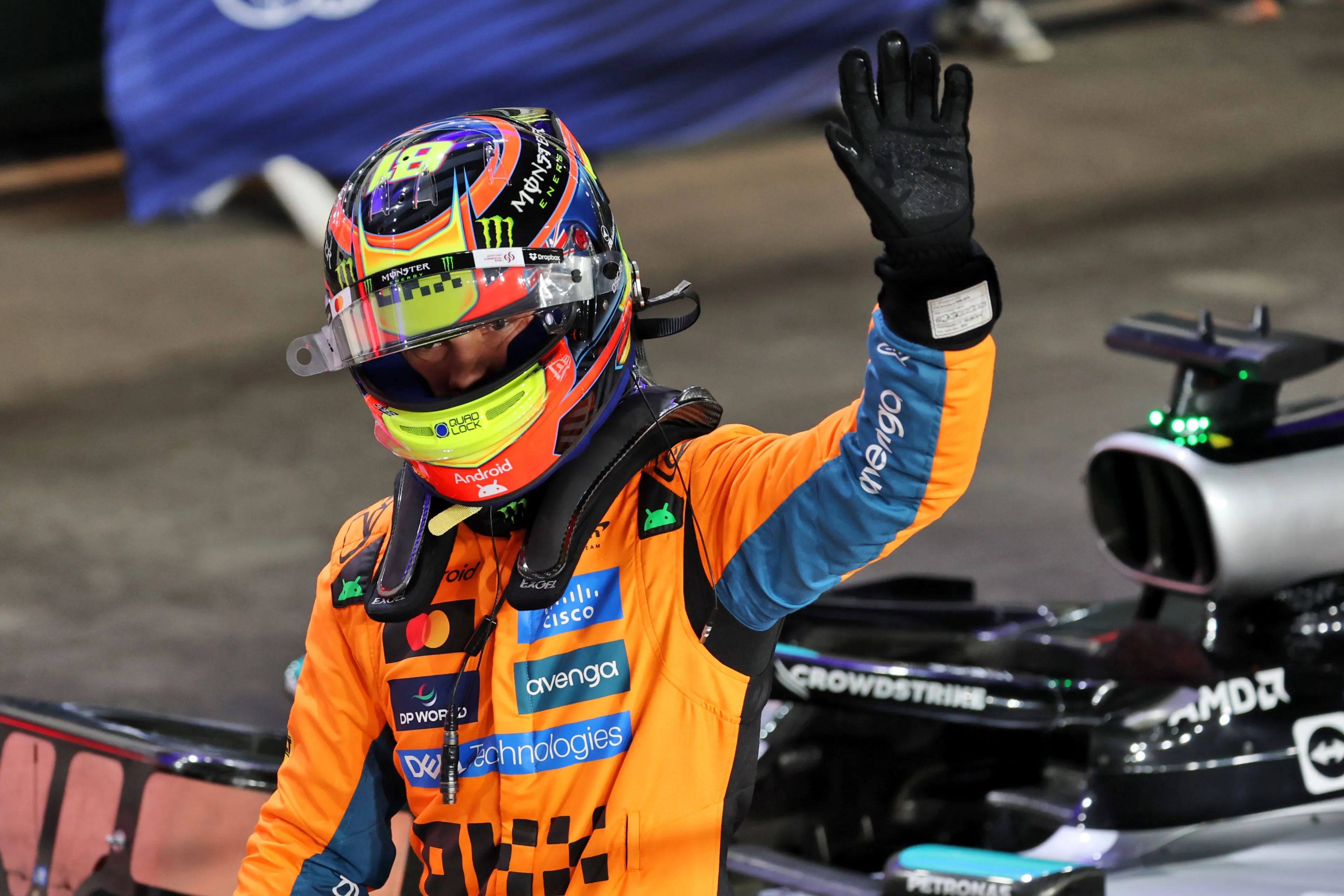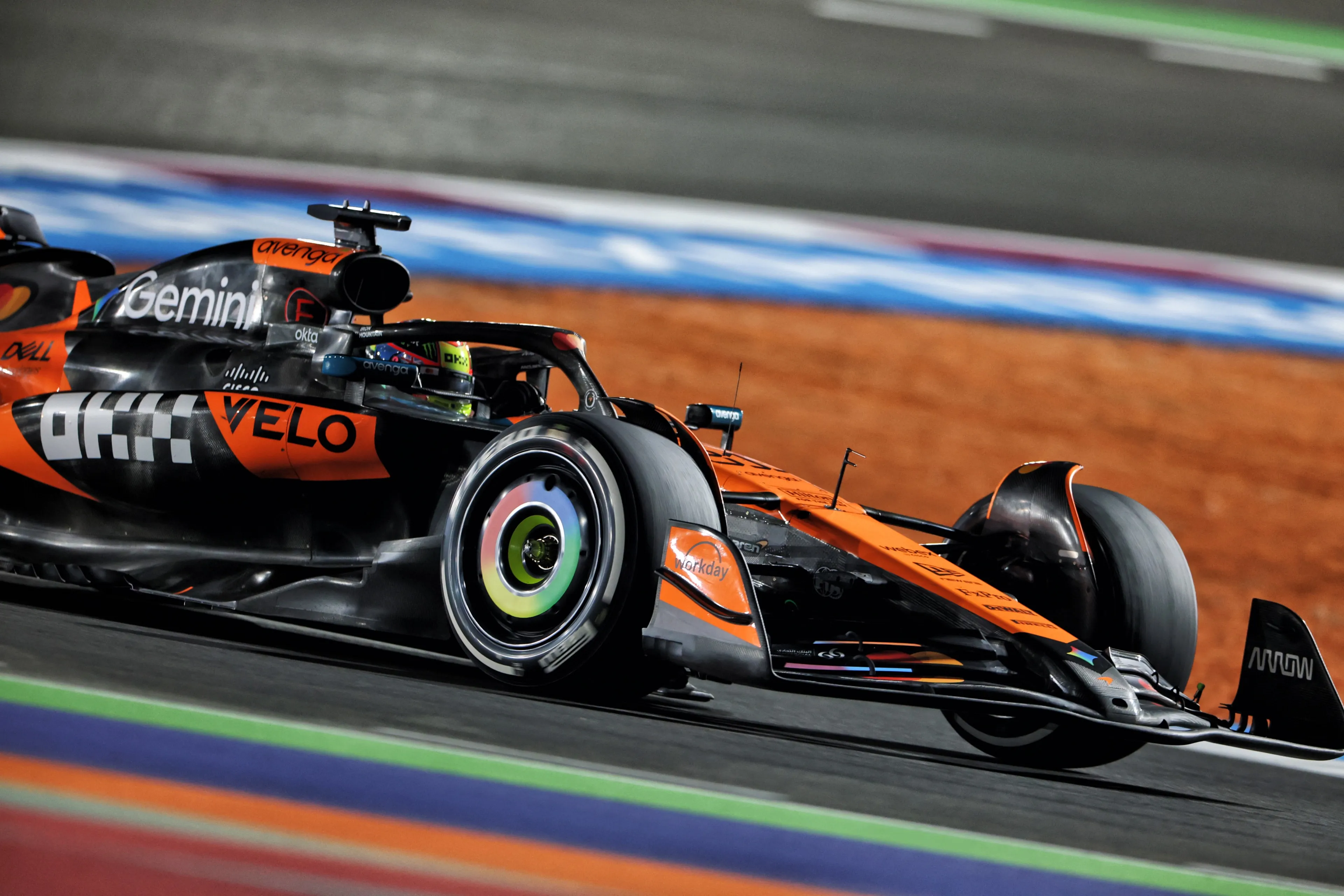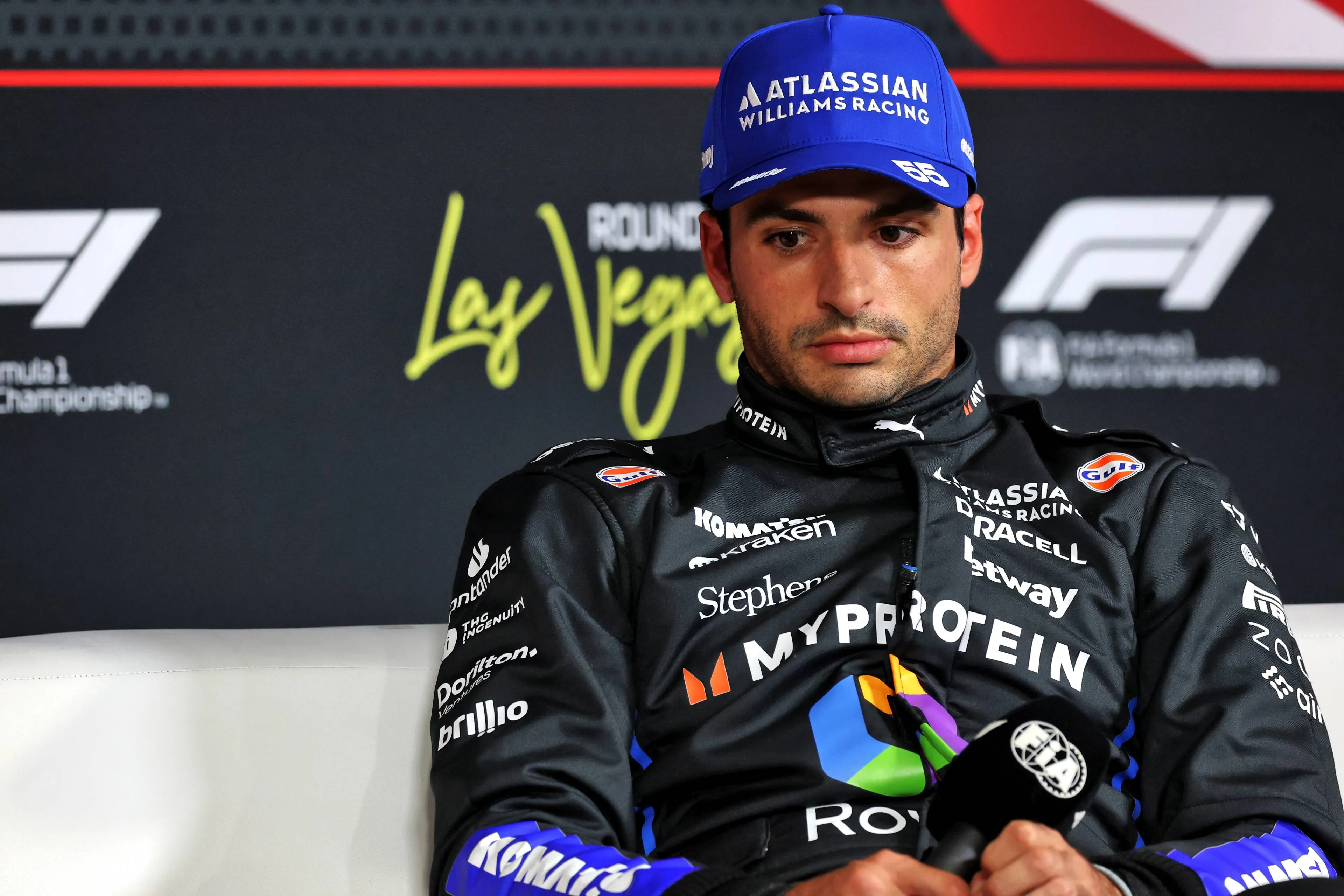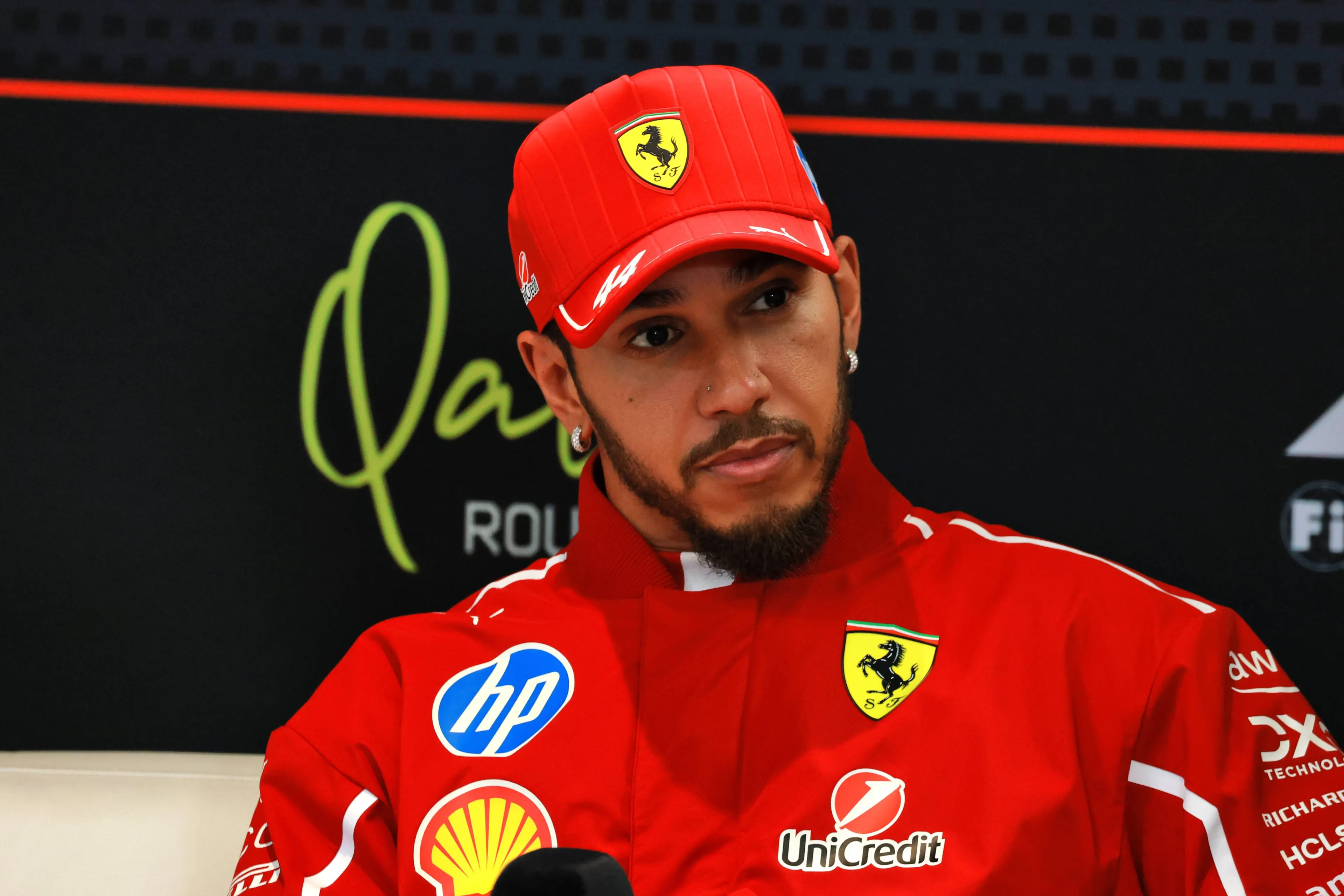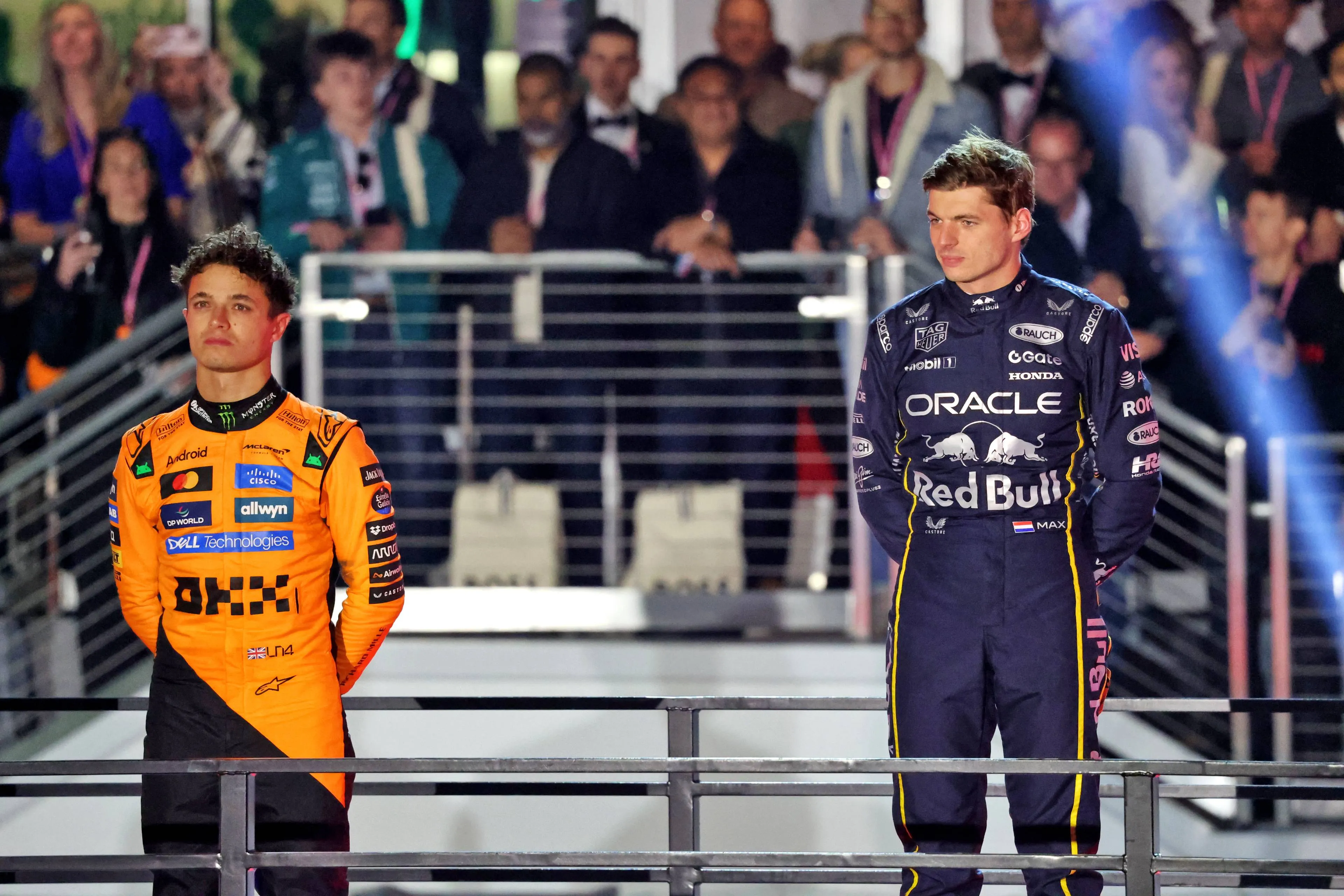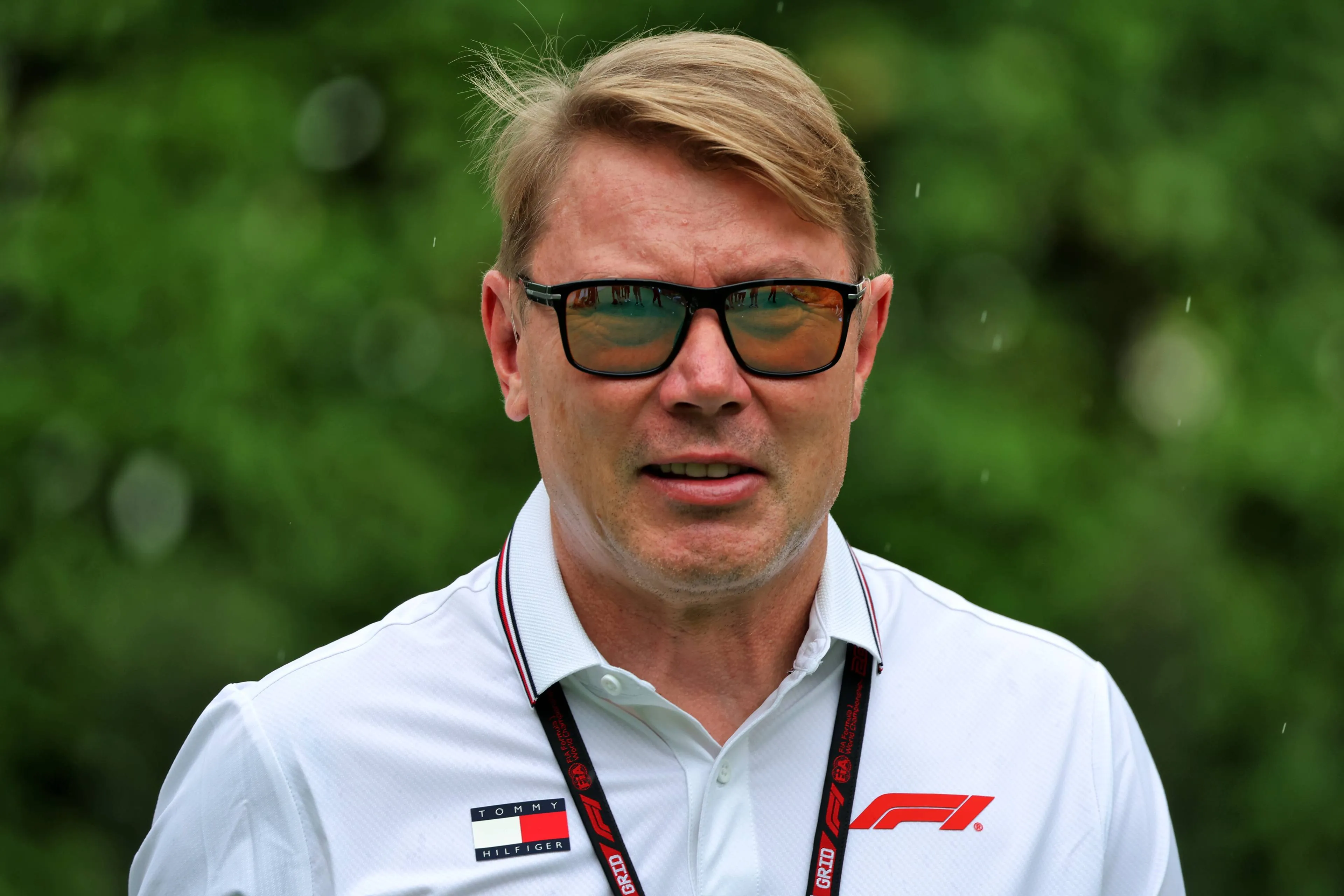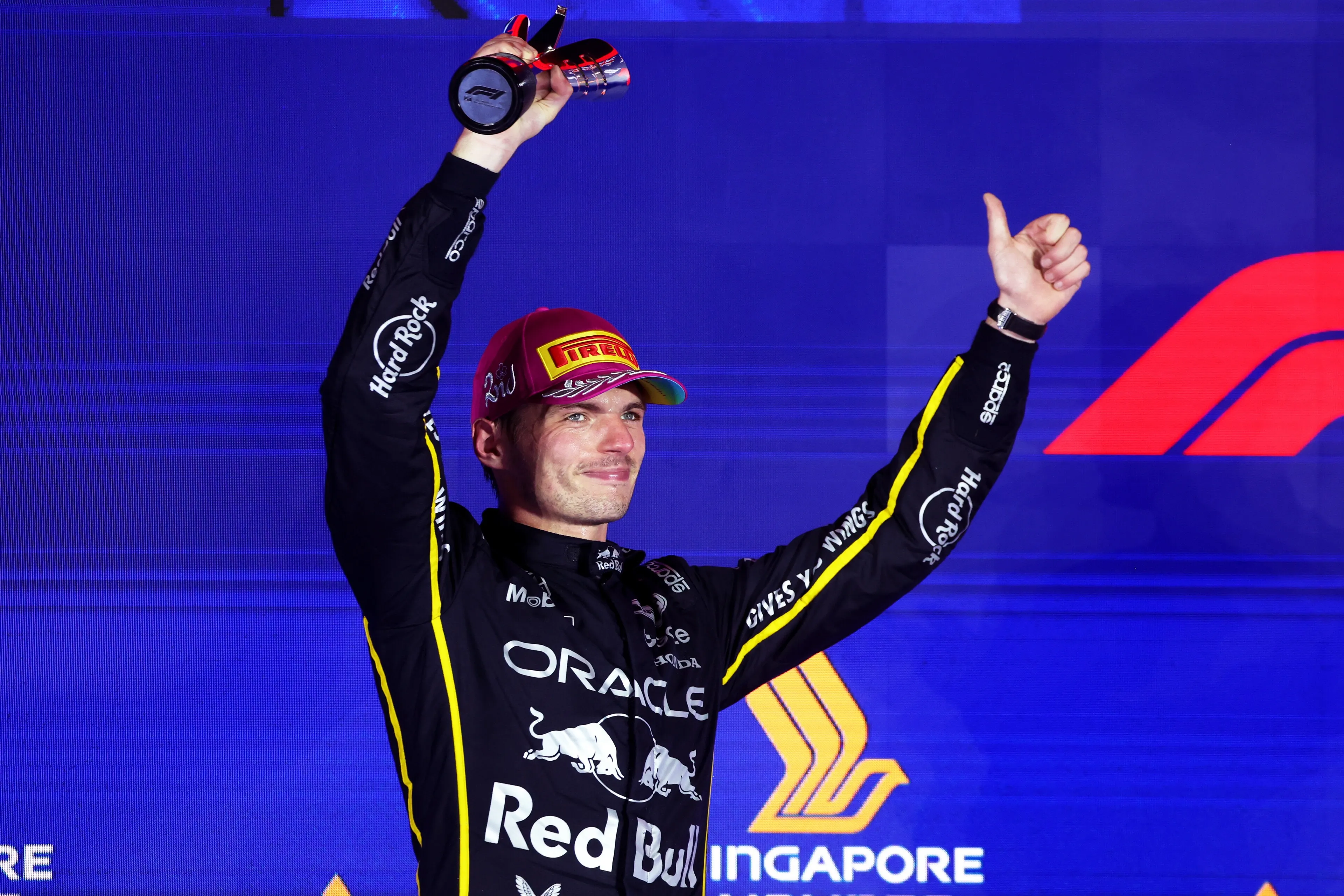GPDA chairman Alexander Wurz recently voiced his concerns about developments in karting. According to the former Formula 1 driver, costs and safety risks could increase due to the introduction of aerodynamic elements such as floors and wings. The FIA has now issued a detailed statement, firmly rejecting those suggestions and clarifying the regulations that apply in karting.
Wurz sounds the alarm
In an exclusive interview with GPblog, Wurz explained that the Grand Prix Drivers’ Association, which represents the interests of Formula 1 drivers, fears unnecessary complexity is creeping into karting.
Wurz stressed that he was speaking in his official capacity as chairman of the GPDA, representing its members.
FIA issues official statement
The FIA has now responded with an extensive written statement. The federation strongly refutes the concerns raised and stresses that aerodynamic modifications are not permitted in FIA-sanctioned karting. The organisation also points to strict homologation rules and enhanced safety standards.
Statement from CIK-FIA Karting Department:
The FIA strongly refutes a number of assertions made in comments carried in a recent article published by GPBlog.com.
The article claims that “[Karting] is increasingly allowing aerodynamic parts on the kart” and that “they come up with floors, and with different kinds of wings and downforce settings.”
These statements are incorrect and misrepresent the CIK-FIA Karting Technical and Homologation Regulations which govern FIA-sanctioned Karting events and explicitly prohibit modifications to the aerodynamics, wings, or floors of karts.
To clarify:
- Article 4.6 of the Karting Technical Regulations, updated by the World Motor Sport Council in February 2025, specifically prohibits alterations to the floor trays of karts.
- The technical regulations also stipulate that only components expressly approved by the FIA may be used, thereby preventing the use of untested or non-homologated parts.
- All homologated bodywork must undergo FIA-standard crash testing, ensuring safety and integrity. There are currently five manufacturers who have homologated bodywork parts with a numbering system in place to ensure and track regulatory compliance.
- Under Article 22 of the Homologation Regulations, bodywork must be air-blow moulded, which inherently prevents adjustable aerodynamic features.
- Additionally, Article 3.2 of the Technical Regulations prohibits any modifications to homologated bodywork as inferred was possible or taking place in the article.
The FIA welcomes the opportunity to clarify these points and reiterate the strict regulatory framework in place which ensures consistency, safety, cost containment and fairness in karting.
The claims made in the article regarding alterations are not permitted in FIA-sanctioned Karting events and it is important to note that all components, including bodywork, are tightly controlled through homologation and scrutineering procedures that prevent any unapproved modifications.
We also wish to address the following comment quoted in the article “We are looking out for the kids in karting, and we are concerned. We think it's in the wrong direction and it should be stopped ...”
Safety will always be the key priority of the FIA. Suggestions that safety has been compromised to accommodate kart upgrades are entirely baseless and untrue. In fact, the technical regulations have been strengthened this year to further enhance safety standards.
The FIA has in recent years developed several new safety standards for karting, such as the karting body protection, karting light panels and karting helmet standards. The FIA continues to strengthen safety standards in karting and will shortly release a completely new safety device for karting.
The FIA remains deeply committed to making karting more accessible and inclusive. Through our Global Karting Plan, we are introducing new categories and competitions such as the FIA Karting Arrive and Drive World Cup in November where standardised karts will ensure technical and financial parity in a competition that identifies and rewards racing talent.
The technical regulations can be found on the FIA website: https://www.fiakarting.com/page/technical-regulations
The homologation regulations can be found on the FIA website: https://www.fiakarting.com/page/homologation
Context and clarification
In its statement, the FIA also took issue with the way the concerns were reported, suggesting that claims about aerodynamic developments had been presented as fact. GPblog underlines that these were direct quotes from GPDA chairman Alexander Wurz, who confirmed before publication that he was speaking on behalf of the drivers’ association.
Prior to publication, the FIA was contacted directly for comment and given the opportunity to respond. At that stage, no factual objections were raised regarding the quotes. The headline of the article was, however, amended in line with FIA feedback to ensure clarity.
In its response, the FIA further highlighted recent steps to improve safety in karting, such as new helmet and body protection standards, and pointed to its Global Karting Plan aimed at increasing accessibility and cost control.
Two perspectives
With Wurz’ concerns and the FIA’s response now both published in full, readers can judge for themselves. On the one hand, the GPDA warns against unnecessary complexity and rising costs in karting. On the other, the FIA stresses that its regulations already prohibit such developments and that safety and accessibility remain its priorities.
Popular on GPBlog
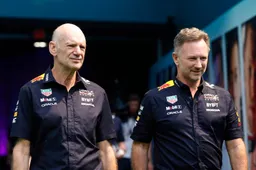
Aston Martin has informed staff following rumors about Horner’s arrival
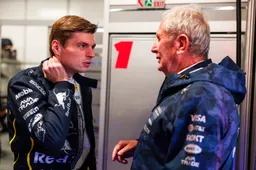
Marko identifies Verstappen's problem during Sprint Qualifying

What Norris needs to do to clinch his first drivers' title in Qatar GP

